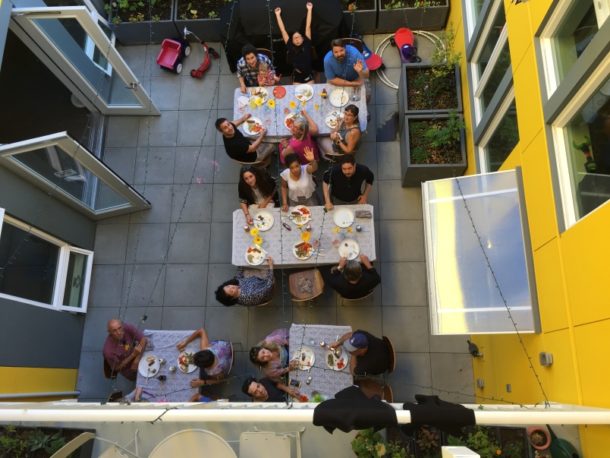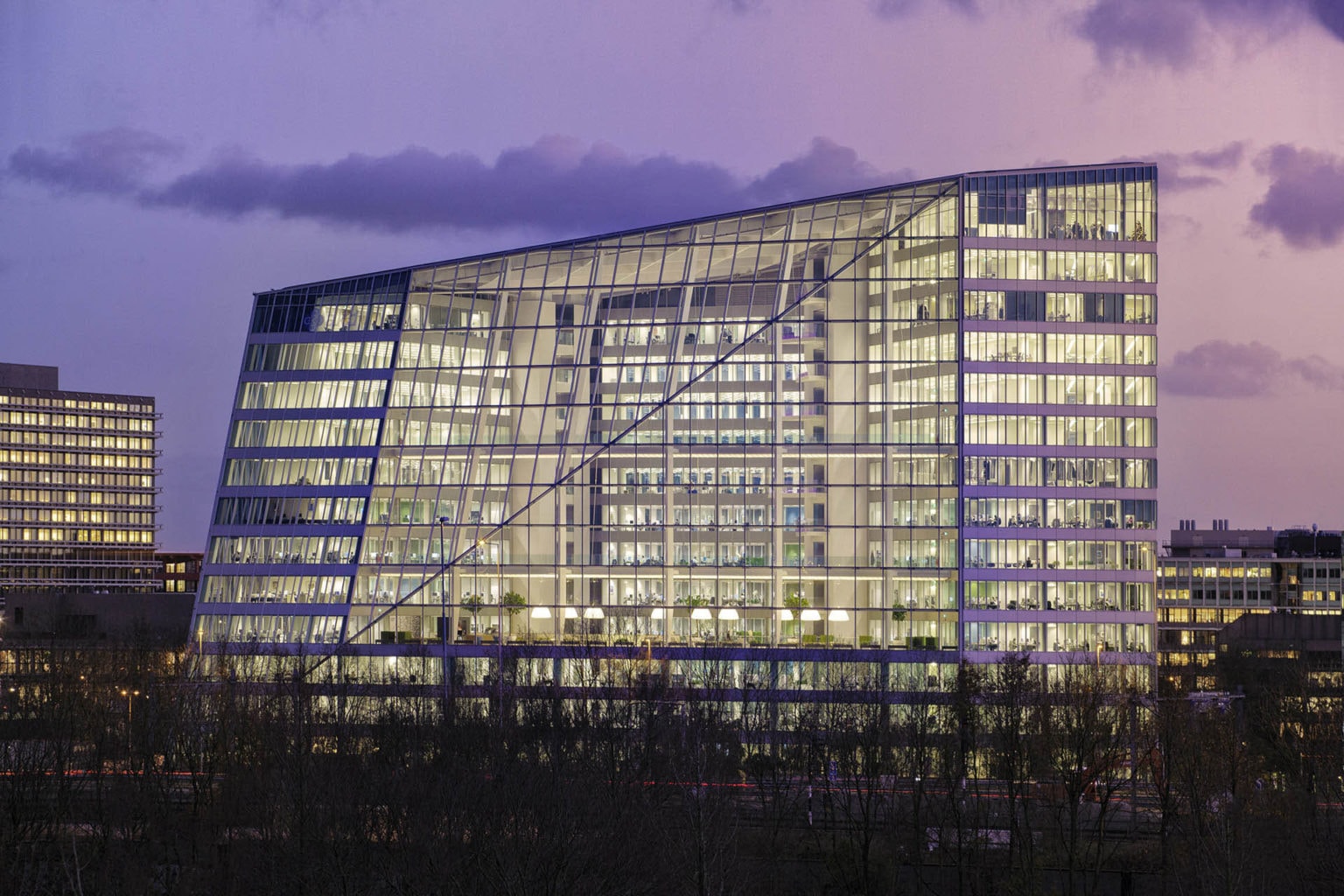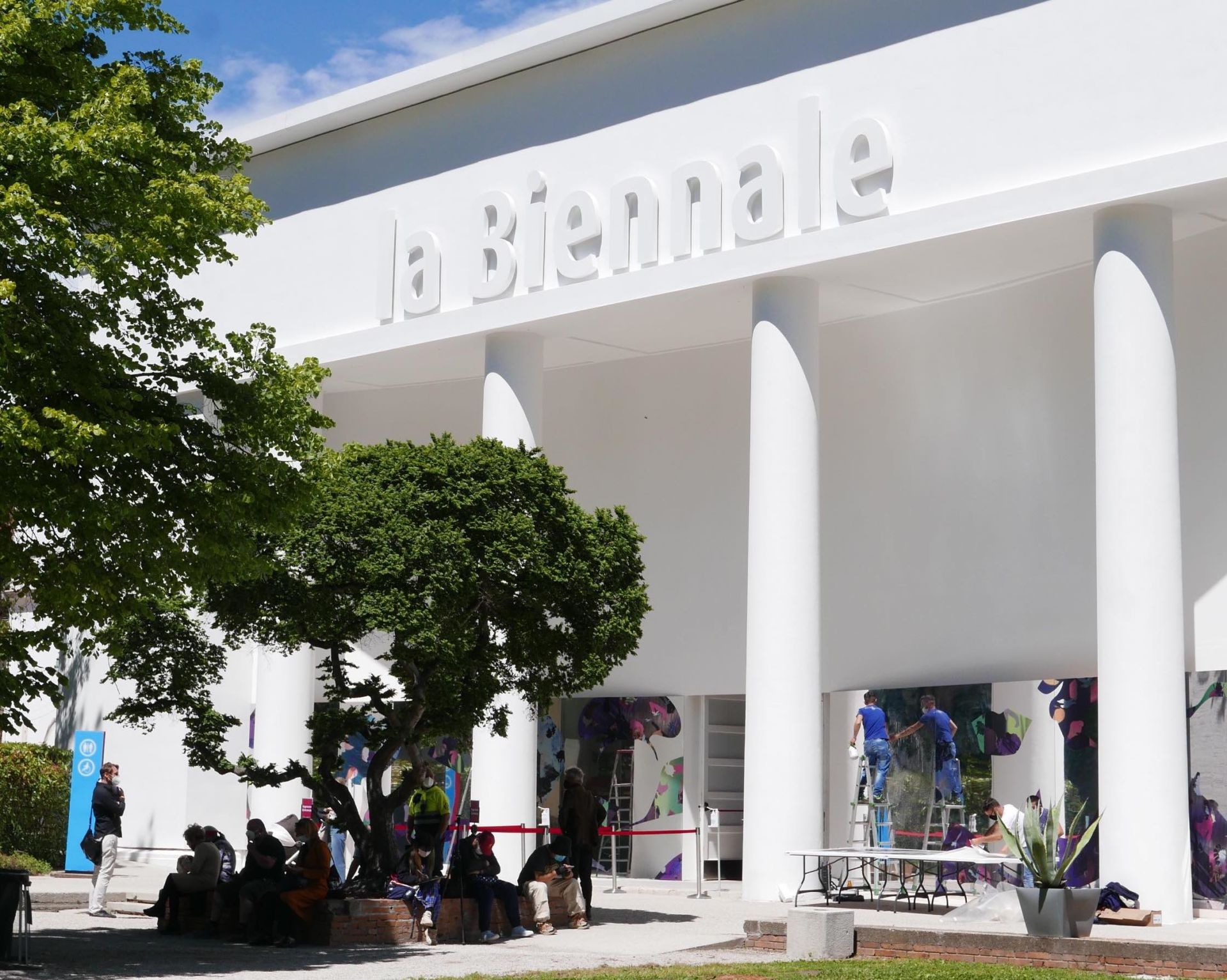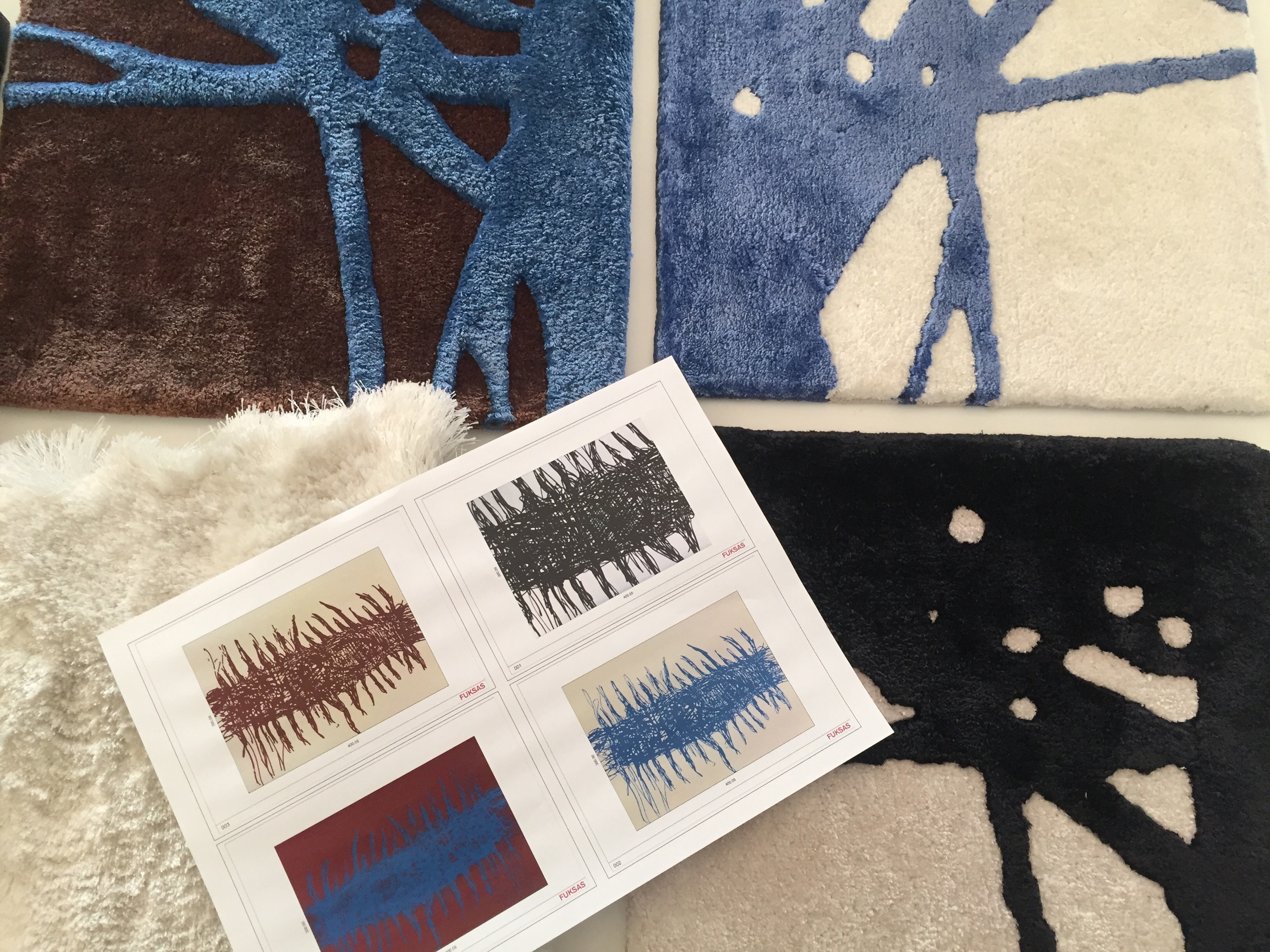Grace Kim is an architect and co-founding principal of Schemata Workshop, an award-winning architectural practice with a keen focus on building community and social equity. She brings innovative ideas to her projects that merge client goals and sustainability measures – such as urban agriculture, modular construction, and a focus on building community. Kim is also the founder of Capitol Hill Urban Cohousing, a collaborative residential community that includes her street-level office and a rooftop urban farm. In 2017, she was invited to speak at the TED annual conference.
I recently had the opportunity to speak to Grace about her work and thoughts on cohousing, and about how she is shaping her future.

As Principal of Schemata Workshop, you are committed to using architecture to improve the experience and emotions of people. Social and environmental sustainability is therefore just as important as meeting the needs of clients. What made you want to pursue this more human-orientated architecture? Can you recall a specific experience or person?
Grace Kim: I have a very user-centric approach to architecture and that has been the case ever since architecture school. I didn’t actually understand that this was a unique approach until a few years into practice.
While working at a large corporate firm, I remember talking with the designer of a high-rise in Asia and realizing that he wasn’t thinking at all about the future residents, but rather thinking only of the form the building would take. I knew there were students in architecture school that had been focused on form-making, but I had subscribed to Mies’ old adage “form follows function” and figured everyone else did too.
When I design a building, I think of who the intended users are (who may be different than the client) and how they will use the building or space.
One of your main areas of focus involves increasing the social connectedness of communities. Could you outline what you see as the ‘loneliness phenomenon’ and its link to the design of homes? How are our homes making us more lonely?
Grace Kim: Loneliness is something that everyone experiences at one point in their lives. However, it is the persistent feeling of being socially disconnected from others that has become a global phenomenon. The American Dream of the single family home with white picket fence enclosing the yard and the two car garage is a dream that has isolated us.
As we aspire to larger homes with larger yards and more things to keep us indoors (the media room, the crafting room, the exercise room), we decrease the number of social interactions we have with those around us. The car has also become a vehicle for isolation. Not only does it transport us from point A to point B, it also reduces the number of social interactions we have along that journey.
Consider these 2 scenarios. Sarah lives in the suburbs, she drives her car out of her garage, through her subdivision and onto the highway, she drives into the parking garage of her office building and takes the elevator upstairs to her office. While she may have waived hello to her neighbor who was also pulling out of their garage, or to the parking attendant on the way in, it is likely that the first person she has spoken to since leaving her house is Ken, the receptionist.

Compare this to Vikram who lives downtown. He walks out of his condo and chats with his neighbor while riding down in the elevator, and says goodbye to the doorman as he walks out. On the way to work, he drops off his dry cleaning and stops by his favorite coffee shop for his morning latte which he drinks at the counter while chatting with the barista. At the light rail station, someone asks him for directions to the art museum. And as he is leaving the station, he offers to help an elderly tourist with a heavy suitcase. On the way into his office building, he says hello to the security guard and front desk staff. Similarly he greets Jim, the receptionist at his company as he walks into the office.
By simply living in a more walkable neighborhood and taking transit to work, Vikram has had nine additional social interactions by the time he gets to his desk. Not all are of the same duration and intensity, but these small interactions help him feel more socially connected to his community. As technology has advanced, our personal devices and headphones are the new distraction that may cause people like Vikram to become socially disconnected.
Do you think that this is a Western-specific issue, especially prominent in core-capitalist countries such as the US and UK, or is this a global phenomenon that is also occurring in other regions such as in South America?
Grace Kim: Loneliness is most certainly a global phenomenon. The UK has also recognized the significance of the problem. They have a national Campaign to End Loneliness and last year created a new cabinet position – the Minister of Loneliness to develop solutions to reduce social isolation.
But I’m reading and hearing about loneliness more in Asian countries – I’ve had corporations in Japan and Korea contact me to discuss whether cohousing could offer social solutions to their loneliness epidemic. For more than a decade, Japan has seen an increasing trend in their elders, particularly older women, committing petty crimes to go to prison – where they are finding more social connection and purpose than in their own homes with their own families.

I have not heard about loneliness as much in the southern hemisphere – perhaps because their cultures are more communal in nature – focusing more on family and community versus the individual. While Asian cultures also had this history of valuing family – their desire to become more like America has caused them to face the same social ills as western cultures. This is reinforced by looking at Scandinavian cultures which are socialist. Their collective desire to care for the common good results in nations of people who are more happy, socially connected than their capitalist counterparts.
As a founder of Capitol Hill Urban Cohousing, you do not just design cohousing projects but live in one yourself. Your home includes a rooftop urban farm and your designs are also environmentally-minded. Do you think social vitality and environmental resilience intersect? Does prioritising the environment in turn positively affect communities as well?
Grace Kim: Sustainability is a 3-legged stool – comprised of the Environment, People, and Economy. For the past few decades there has been a strong emphasis on the environmental leg, but as with all stools, you need the other two legs in order it to stand and be useful.
For Schemata Workshop, people and social equity are equally important in creating resilient communities. Resilient Communities not just to withstand natural and man-made disasters (as the term has been co-opted to mean these days), but also to increase the quality of daily life for all people.
Currently environmental sustainability is most available for those who have more money – whether it be organic foods, access to clean water, or “green” building materials or construction techniques. In order for true sustainability to be achieved, people need strong social networks and equitable access to economic prosperity.

In cohousing, people achieve the social vitality needed to be productive members of society. In turn, they have the collective skills to support each other and the greater community when disaster strikes. And likewise they have the ability and aspiration to create an economy that is just and equitable.
If everyone could start thinking about the collective good and not individual gain, we could have a planet where people can see how their individual actions affect the social and economic web of their communities and the interconnected web of our planet.
Do you have any practical advice for people who feel a lack of connection to their local community and neighbours?
Grace Kim: The easiest way to start building community or strengthening the bonds which already exist is to simply eat together. Start small by organizing a community potluck. This could be a one-time event, but it would go a long way if it could become a monthly or weekly occurrence.
The easiest way to start building a community is simply to eat together. Breaking bread is a human action.
Breaking bread is a human action. Regardless of income, ethnic background, or religion everyone has to eat to sustain their bodies. What you eat and the way you eat it tells us a lot about the individual customs and culture we come from. Learning about each other in this way helps to break down barriers that could lead to social isolation as well as xenophobia. Eating together helps reinforce that we are all a member of the same human race.
In relation to our Shape Your Future video series, I would like to ask you one more question — one question to top all others and guide all of us:
“How do you shape your future?”
RELATED SYF ARTICLES: Madame Gandhi | Anne Lynam Goddard, CEO of ChildFund | Ken Yeang, Eco-architect and visionary













